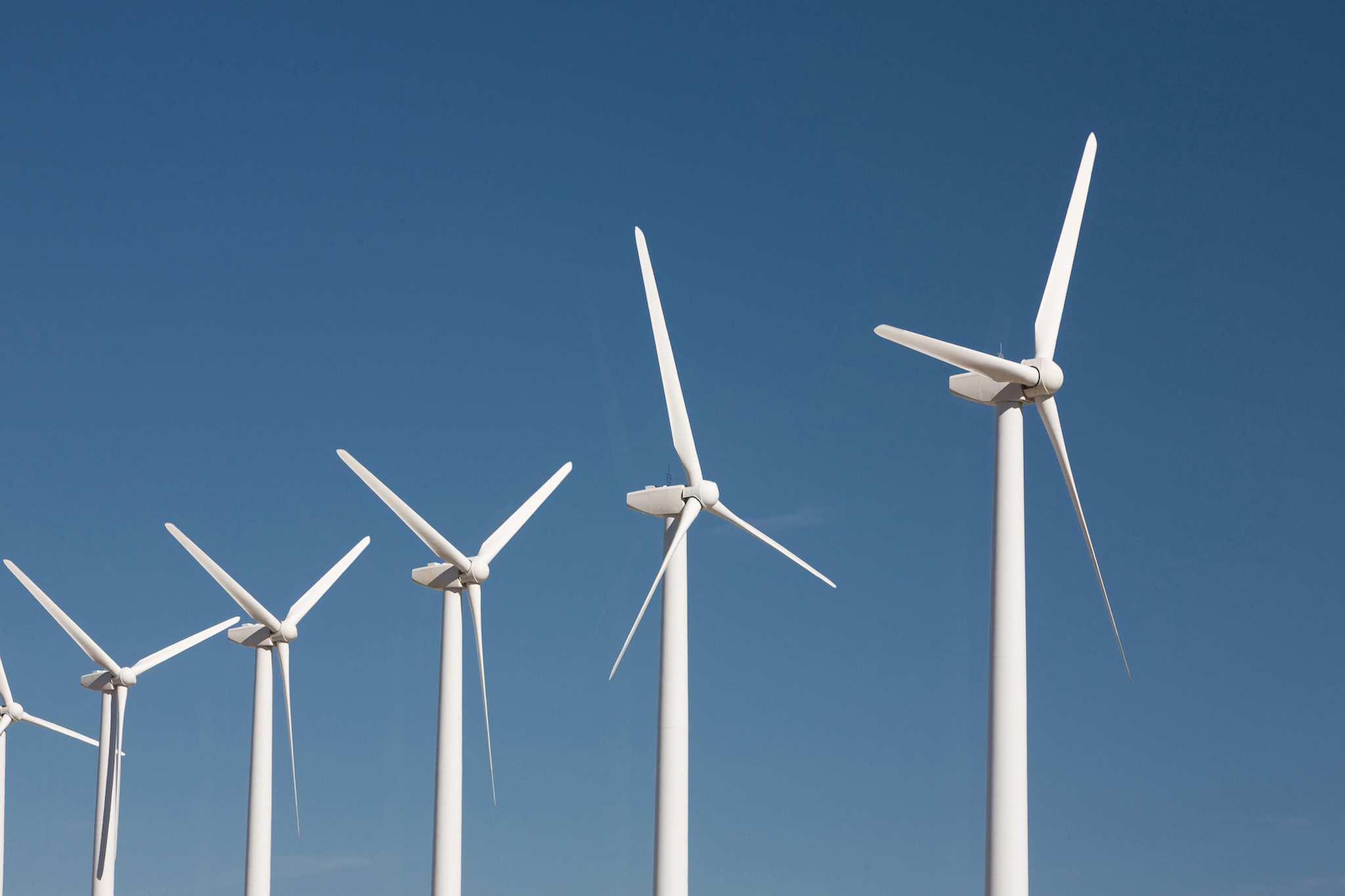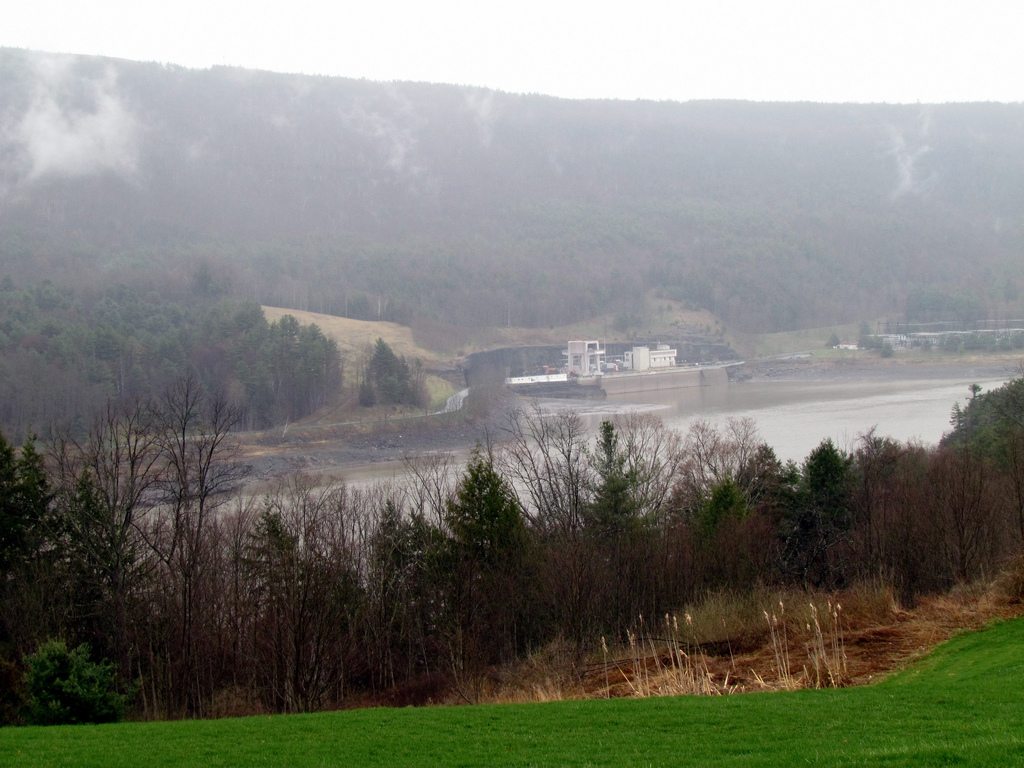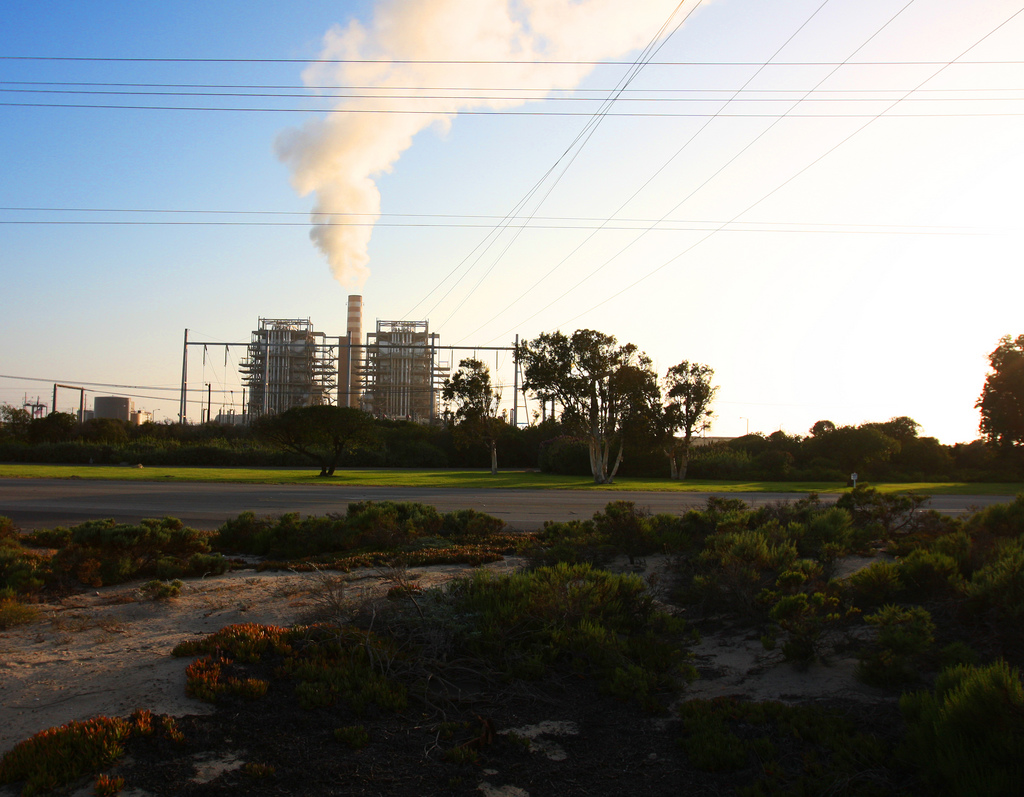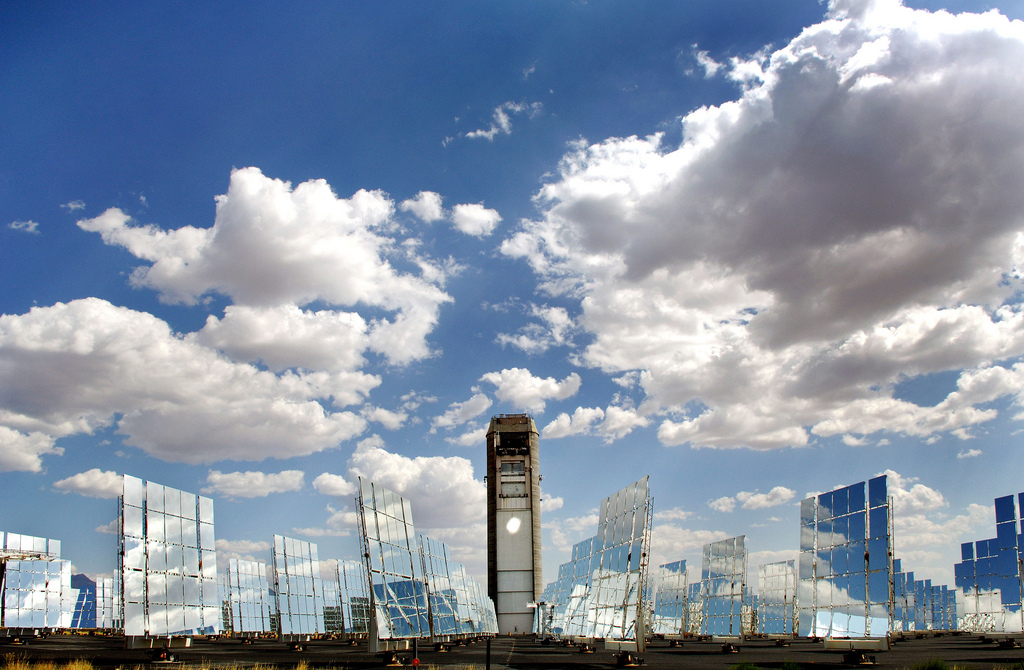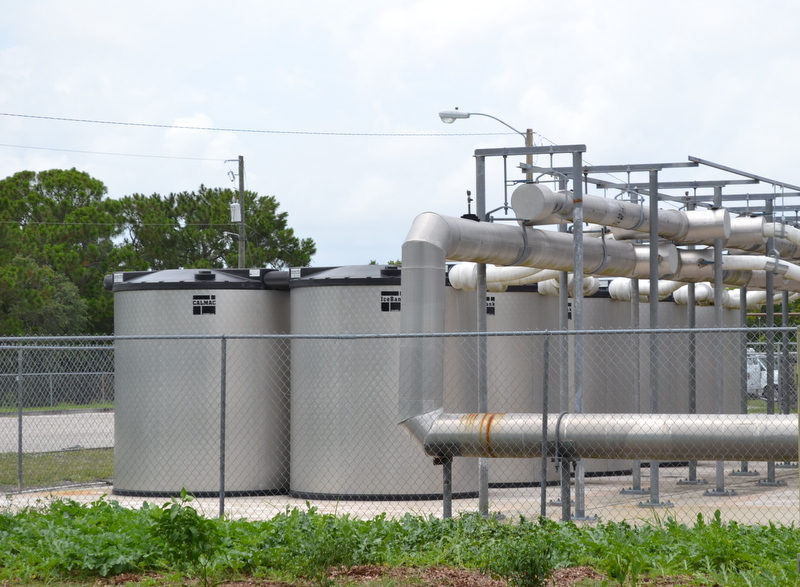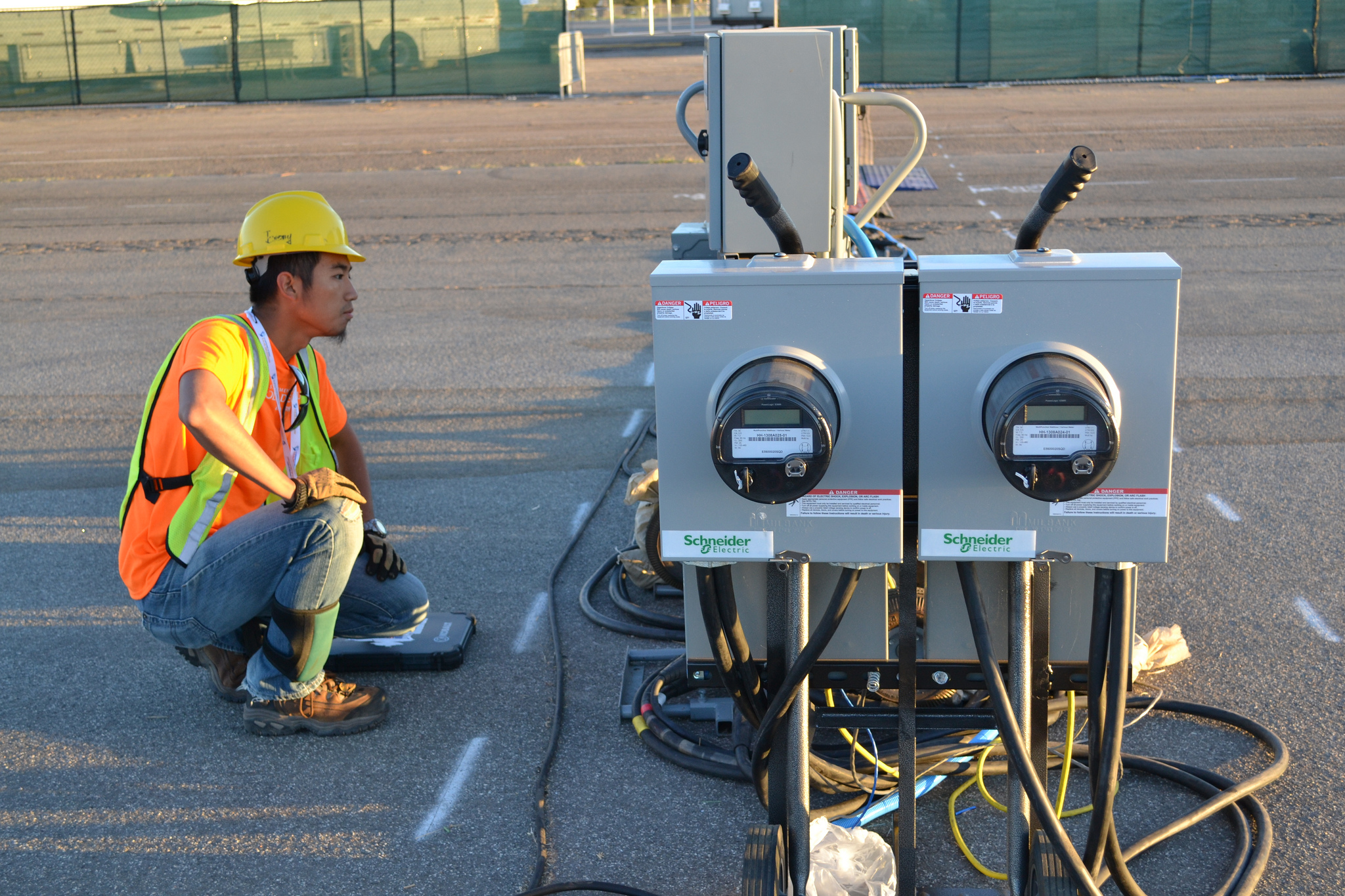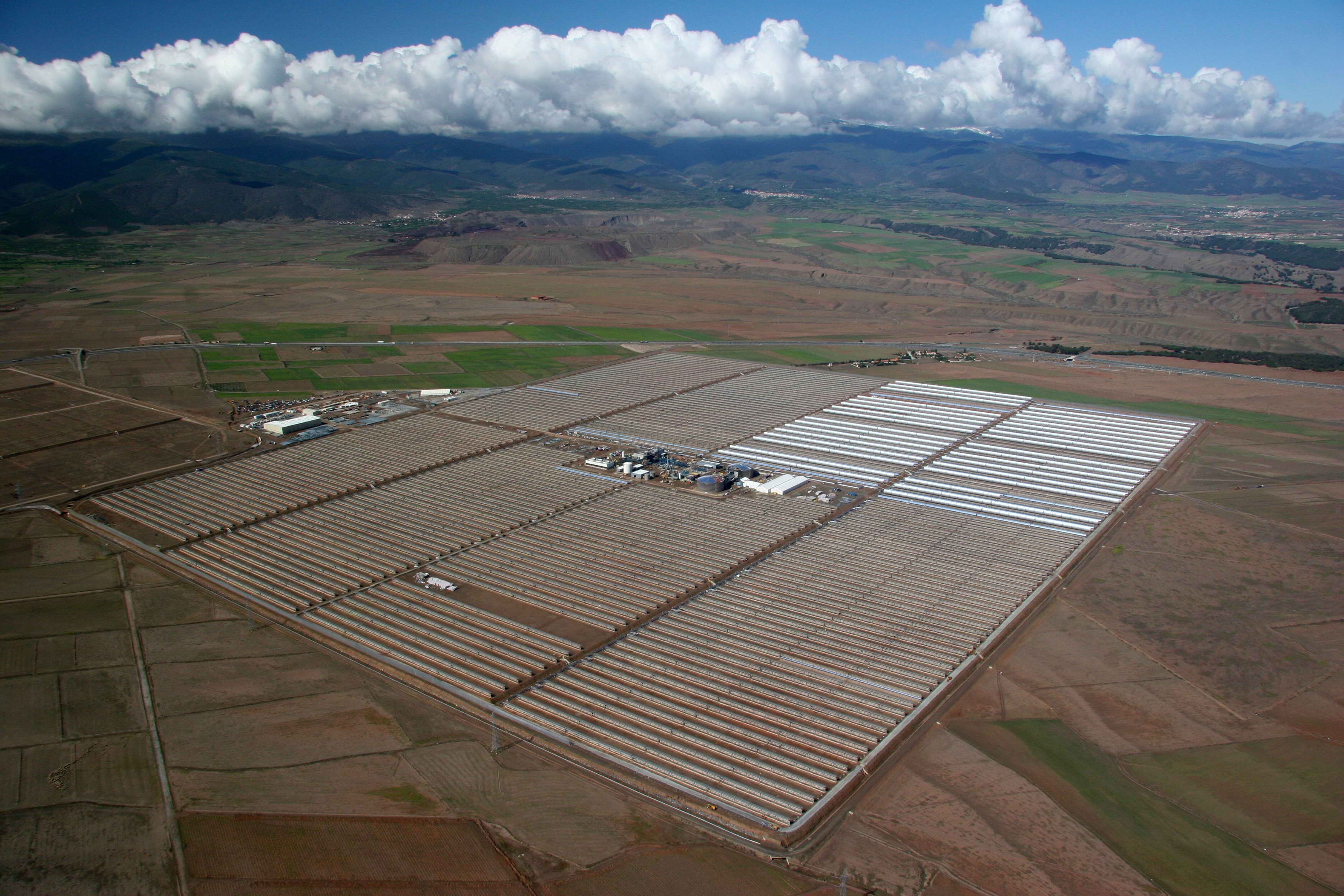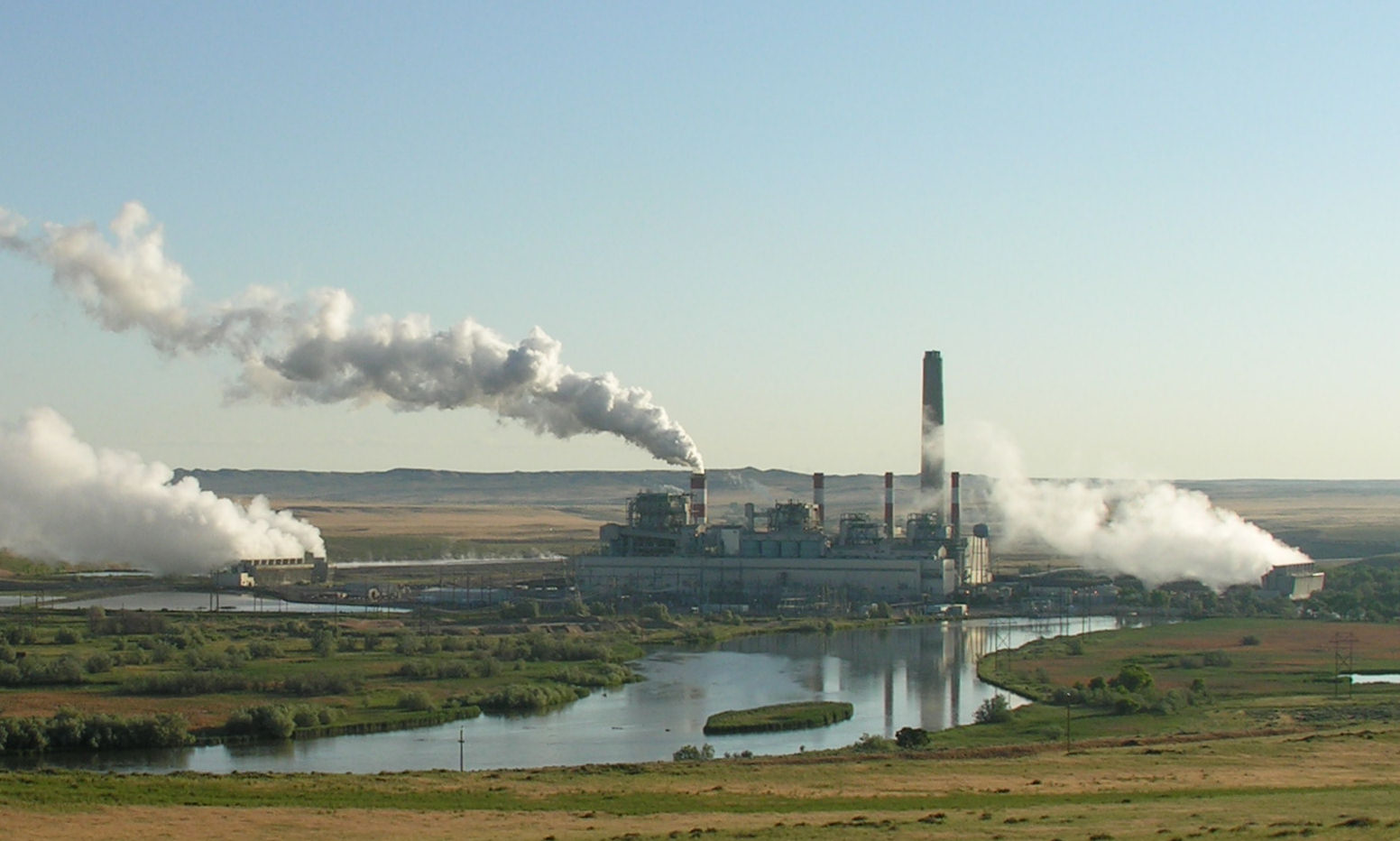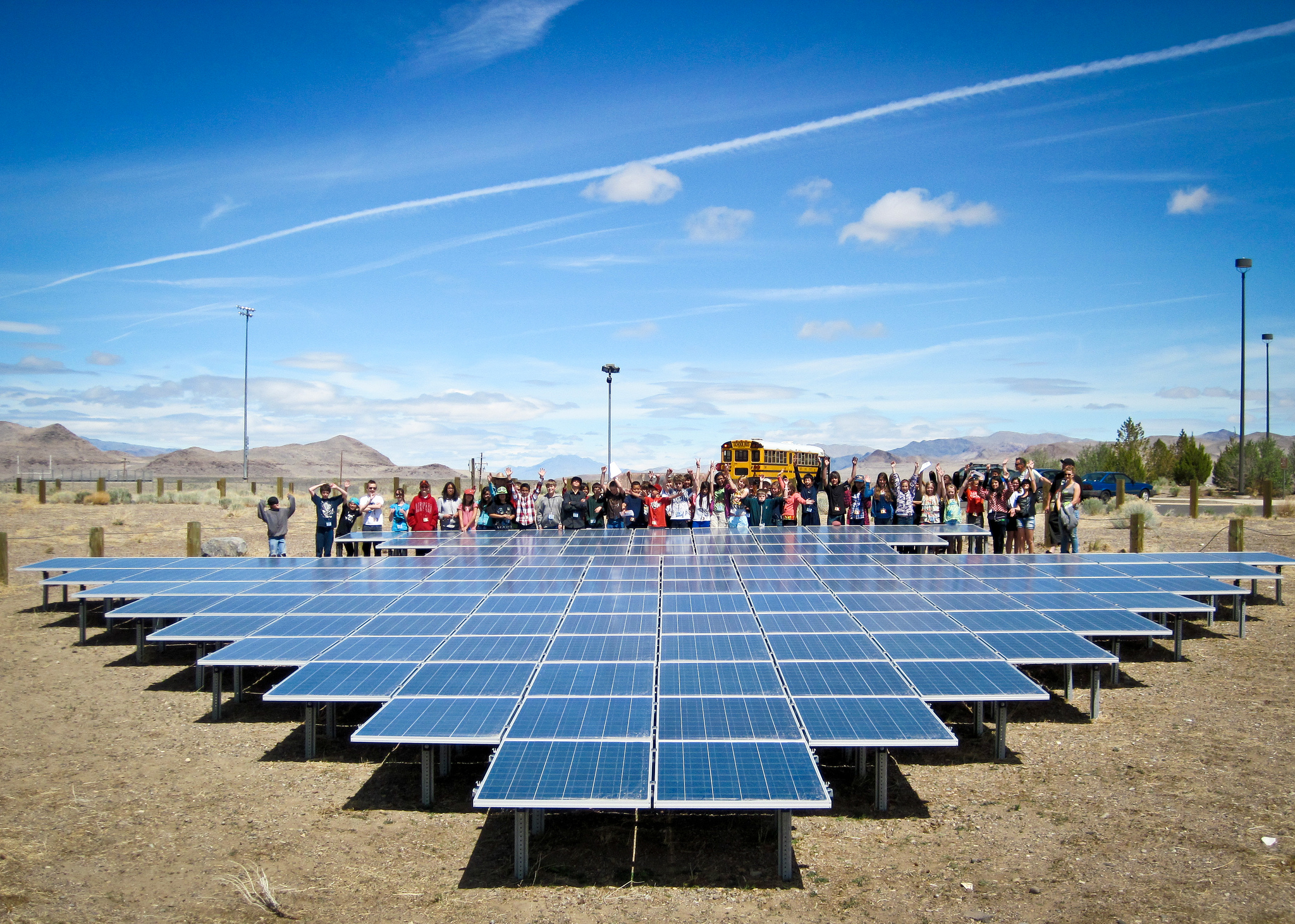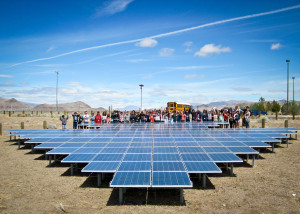electricity
Community Solar On The Rise
Most Americans are bullish on solar power. However, the majority of Americans are unable to install their own rooftop solar system because either they don’t own the place where they live or because their home is unsuitable for installing solar panels for one reason or another.
Pulling Carbon Out Of The Air
The world is increasingly united in the desire to reduce carbon emissions into the atmosphere. There is much emphasis on reducing and someday eliminating our use of fossil fuels, which is the main culprit in the situation we find ourselves in today. More and more we are embracing the use of renewable energy sources to produce electricity and we are starting to slowly move away from internal combustion engines to power our cars.
Norway And Electric Cars
One of the standard criticisms aimed at electric cars is whether they actually are good for the environment when everything is taken into account. For example, people worry about the amount of energy expended and the environmental impact of actually building the car. Recent studies have shown that this balances out over a relatively short amount of the car’s lifetime.
Pumped Hydro Storage
There is much talk these days about energy storage. As more and more wind and solar power enters the electrical grid, there is an increasing need to be able to store excess energy and have it available when the wind isn’t blowing or the sun isn’t shining. Much of the talk centers around battery technology, and having storage batteries distributed throughout the grid is the most versatile and widely applicable way to provide storage.
China And Renewable Energy
When it comes to carbon dioxide, three countries are responsible for half of the world’s emissions into the atmosphere: China, the US, and India. On a per capita basis, we are far worse than China, but its population is so huge that that it produces twice as much CO2 as the United States and nearly one-third of the world’s emissions.
Is Natural Gas Cleaner Than Coal?
The widespread use of hydraulic fracturing (or fracking) as well as improved drilling techniques have created a major boom in natural gas production. This unquestionably has positive economic impacts for many. One of the important consequences of this is that natural gas is increasingly taking the place of coal for powering electrical generating plants.
The Power Of Exercise
Many people often complain about not having enough time to exercise. But what if exercising for one hour could power your home for twenty-four hours? Would that be enough motivation?
Storing Heat From The Sun
We are all familiar with the solar panels that cover an ever-growing number of rooftops as well as large arrays in so-called solar farms. These photovoltaic systems turn sunlight directly into electricity. But they are not the only way to make electricity using the sun.
Businesses Going Solar
The fourth annual Solar Means Business Report is out. It identifies major commercial solar projects and ranks America’s top solar users. Just since the first report came out, the amount of solar power installed by America’s top companies has tripled.
